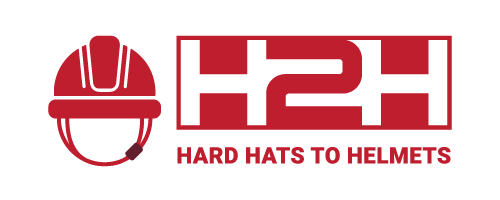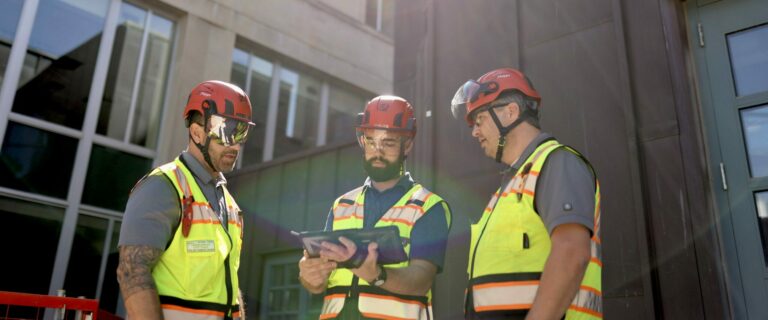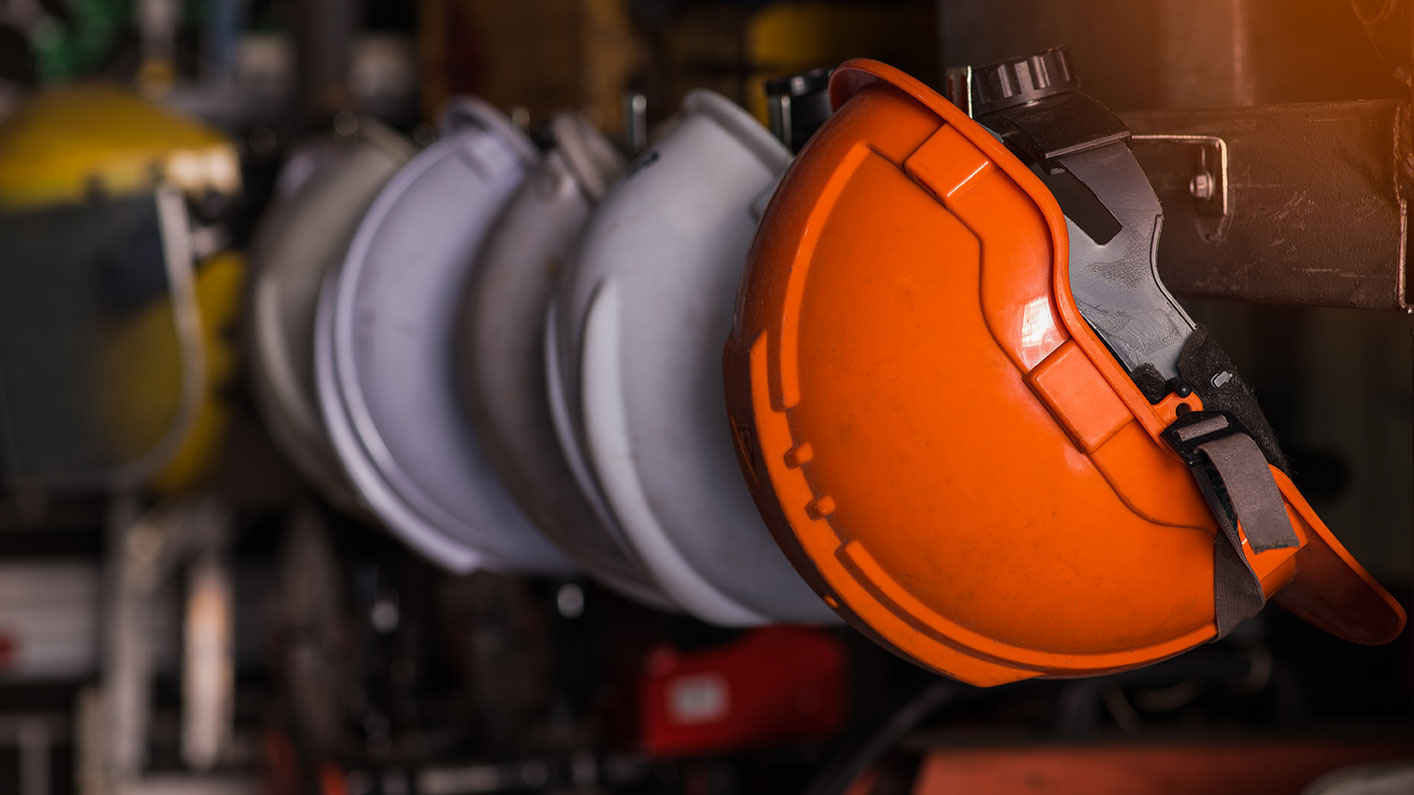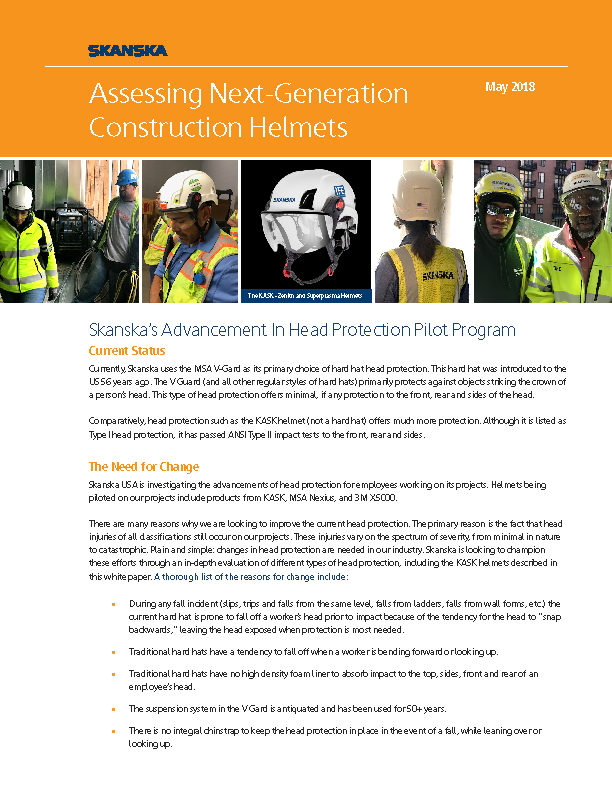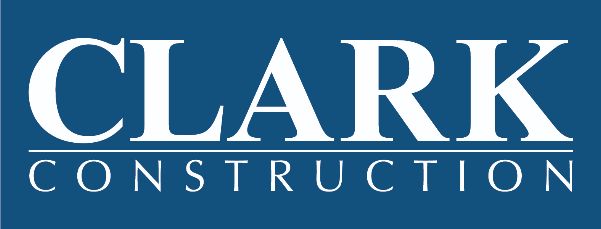Construction Industry Adoption
Contractor and Owner programs, requirements, newsletters, and articles featuring industry information regarding the movement towards helmets
Head Protection Demonstration | Mechanical Contractors Association of America (MCAA)
Dropped objects are a leading cause of construction site injuries and death. From 30 ft up a dropped object is moving with incredible force and velocity creating an impact greater than the weight of the object.
ENR | Anti-Concussion Technology: The Helmet on Your Head
In December, the U.S. Department of Labor’s Occupational Safety and Health Administration announced it was replacing traditional hardhats for its employees with ANSI-Z89.1-certified Type II safety helmets when they work on sites.
New Safety Helmet – The Transatlantic Middle East District Leads USACE in Protecting its People
Appleton-based Boldt recently switched from the iconic hard hat to new impact-resistant helmets for its workers to address traumatic brain injuries (TBIs) in the construction industry.
Upgrading Safety: From Hardhats to Helmets | WEBCOR
Webcor has adopted advanced helmets with chin straps to enhance head protection for their workers, inspired by the significant benefits observed in preventing serious injuries. Leadership’s example and positive experiences, such as a project engineer’s fall and a cement mason’s ladder accident, demonstrated the helmets’ effectiveness, leading to widespread adoption across their job sites.
To address traumatic brain injuries, Boldt switches from hard hats to helmets
Appleton-based Boldt recently switched from the iconic hard hat to new impact-resistant helmets for its workers to address traumatic brain injuries (TBIs) in the construction industry.
Hensel Phelps | Hard Hats to Helmets
“Beginning January 1, 2024 all Hensel Phelps employees will switch to helmet-style head protection.
At Hensel Phelps, our culture pushes us to always come up with new and better ways of doing things; a culture where our employees have the best experience. This is only possible when we do what’s right and take care of our employees’ well-being.”
Prevent+Ed: Take Care of Your People
John Gaal, Joseph Whiteman, and Scott Greenhaus join us this week to discuss their knowledge of traumatic brain injuries (TBIs), an issue responsible for 25% of fatalities in the construction industry. The trio shares the importance of having good coping mechanisms, improving physical and mental health, and setting new standards for wearing safety helmets.
Real Clear Policy: An Unlikely Alliance
Management and Employees Joining Together for Safer Workplaces Through Replacing Hardhats with Protective Helmets
Helmets Outperform Hard Hats in GH Phipps Employee Safety Pilot Program
In 2021, GH Phipps launched a pilot program to test helmets and accessories in place of traditional hard hats. We distributed more than 65 helmets in the field, gathering feedback after several months, including extreme weather seasons. This action was proactive, to determine what was best for our 350 employees.
Construction Dive: Contractors swap hard hats for helmets
Increasing availability and better protection have made helmets the new standard for major contractors like Clark and DPR.
Making the Switch: Hard Hats vs. Safety Helmets | Grainger
For over 100 years, hard hats have helped protect workers from various hazards, including falling objects, tools, debris and electrical hazards. However, the hard hat wasn’t designed to protect against injuries from slips, trips and falls, which in 2020 resulted in over 200,000 serious injuries that required days off work according to data from the National Safety Council’s Injury Facts.
McCarthy Prepares to Complete Final Transition to Helmets for All Employees and Trade Partners
McCarthy Holdings, Inc., one of the nation’s largest 100 percent employee-owned construction companies and the nation’s safest commercial builders, is preparing to complete the transition from standard hard hats to helmets for all trade partners on the firm’s construction sites. This comes as an extension to McCarthy’s 2022 transition to helmets for its more than 6,000 salaried and craft employees.
SKANSKA: Assessing Next-Generation Construction Helmets
“There are many reasons why we are looking to improve the current head protection. The primary reason is the fact that head injuries of all classifications still occur on our projects. These injuries vary on the spectrum of severity, from minimal in nature to catastrophic. Plain and simple: changes in head protection are needed in our industry. Skanska is looking to champion these efforts through an in-depth evaluation of different types of head protection, including the KASK helmets described in this white paper.”
Brain Protecting Construction Helmets Gain Ground in US
In 2017, Clark Construction, based in Bethesda, Md., became the first general contractor to require personal protection headgear with a higher safety standard than traditional hardhats on all of its projects. In May, Clark extended that requirement to all subcontractors working on their projects.

Construction Hard Hat Upgrades: Improving Site Safety
For decades, the construction industry has used the same personal protective equipment (PPE) to keep our workers safe; hard hats, high visibility vests, safety-toed boots, gloves and glasses have been responsible for saving numerous lives and preventing countless injuries. But just as design and construction technology progresses among construction companies, so too should the critical equipment we rely on to protect our people.
Clark Helmet Requirements
Safety Helmet Requirement on All New Clark Projects Starting August 1, 2022 (mailchi.mp)
Why the Switch to Safety Helmets is a Good Decision
Traumatic brain injuries (TBIs) happen frequently in industrial environments, including the construction, manufacturing, transportation, agriculture and mining sectors. However, the CDC states that the “construction industry has the greatest number of fatal and nonfatal traumatic brain injuries (TBIs) among U.S. workplaces.”
Why Your Construction Company Needs Smart Helmets
A smart helmet combines the traditional safety structure of a hard hat with cutting-edge technology to create a safer helmet that’s brimming with features to boost productivity, efficiency and effectiveness.
